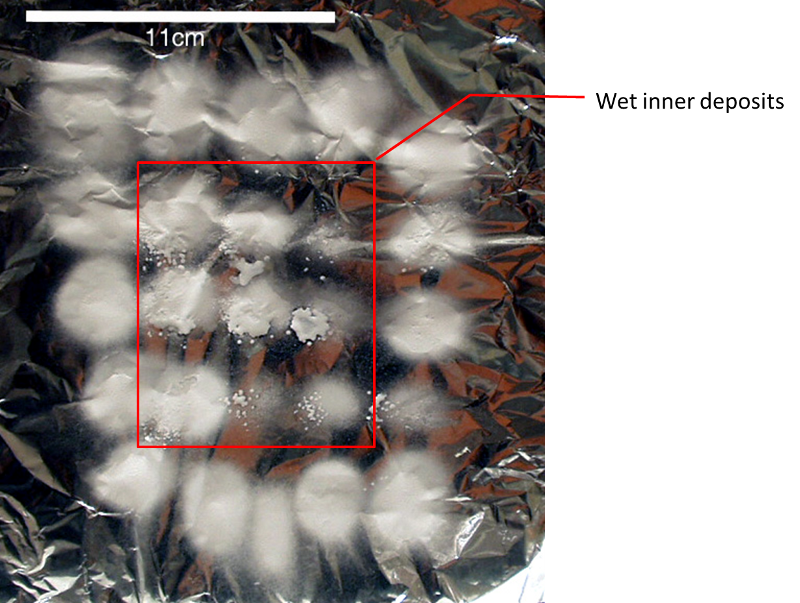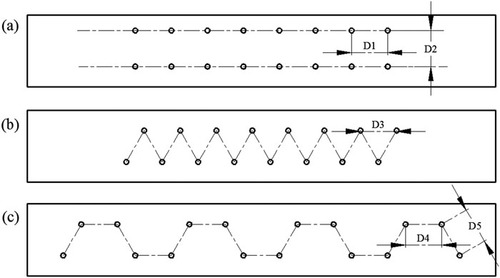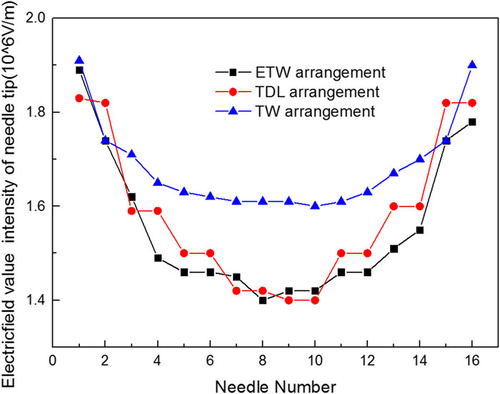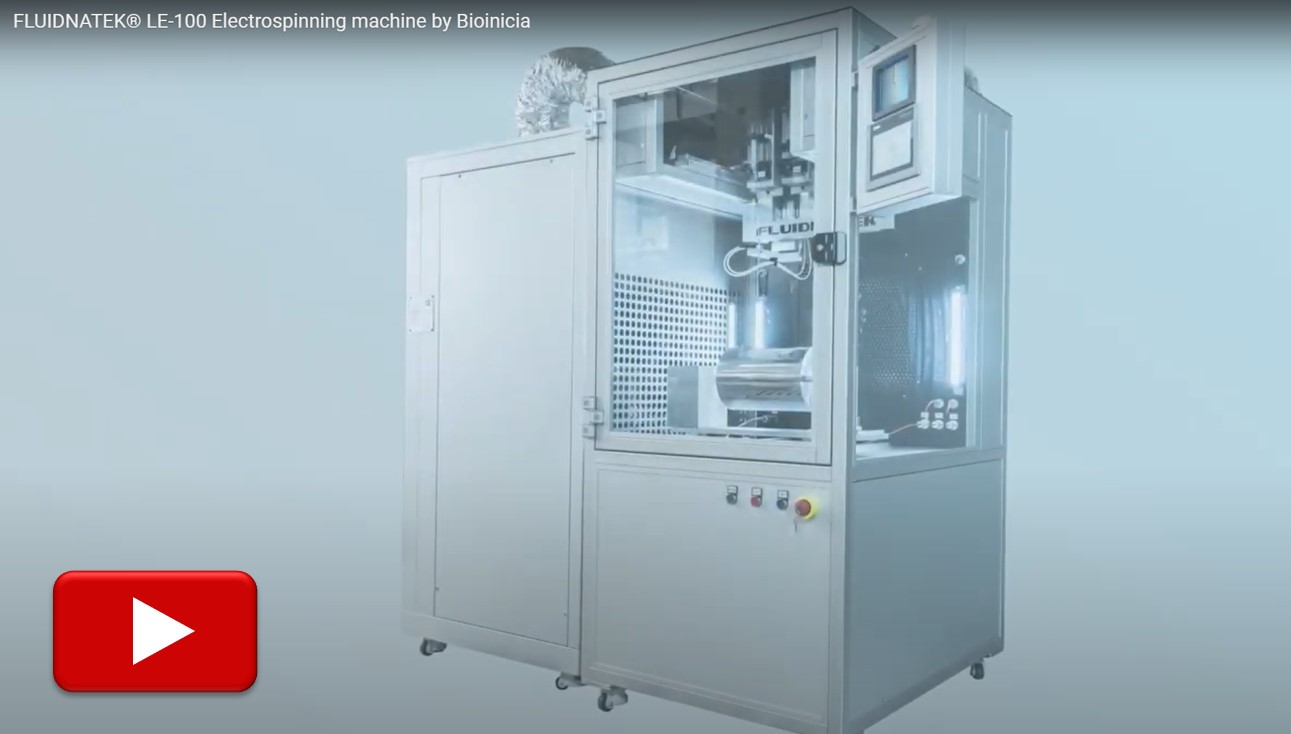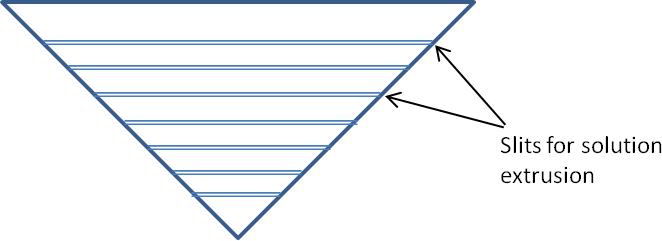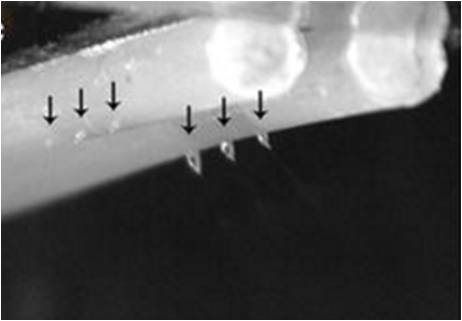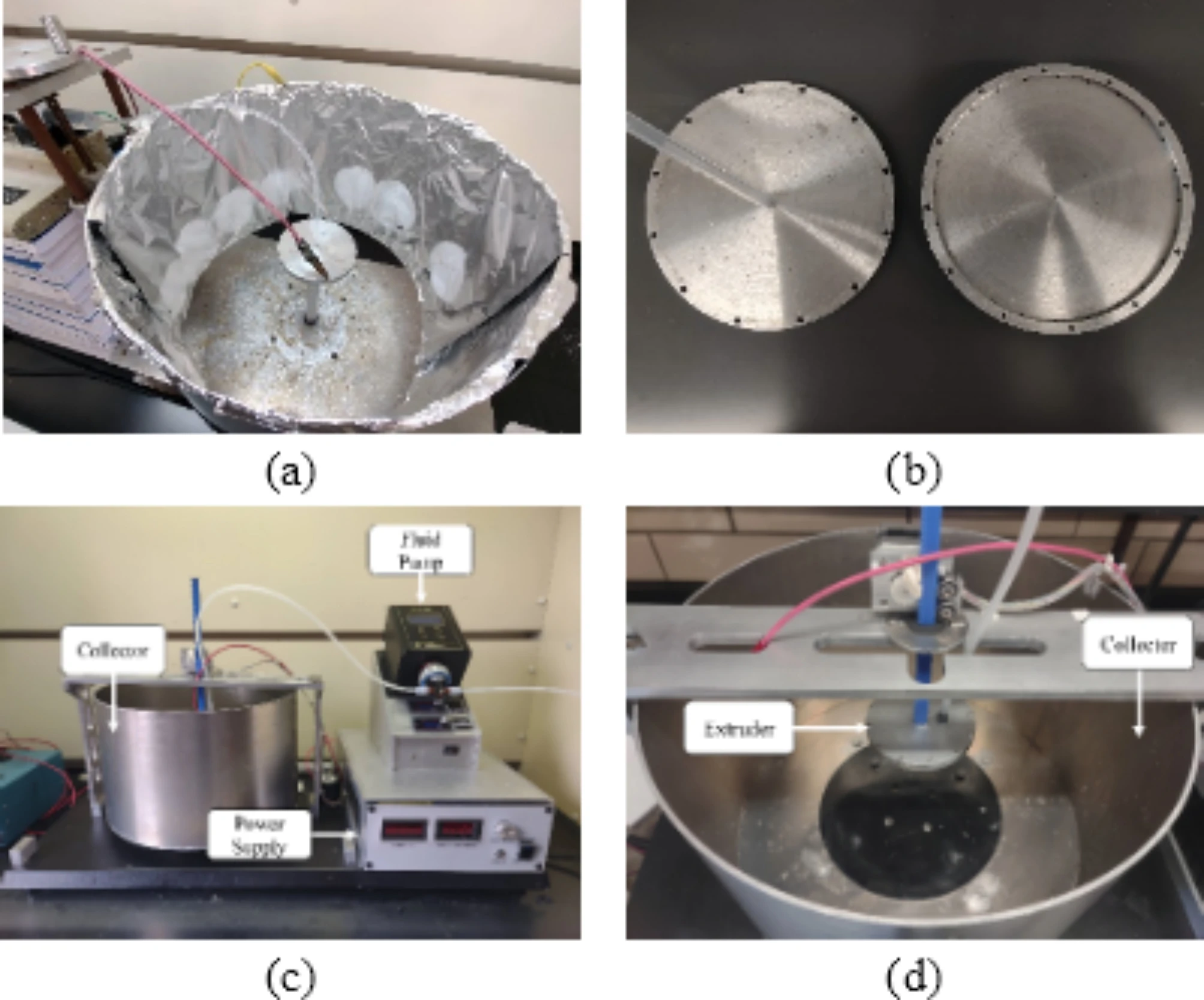▼ Reference
- Angammana C J, Jayaram S H. The Effects of Electric Field on the Multijet Electrospinning Process and Fiber Morphology. IEEE Transactions on Industry Applications 2011; 47: 1028
- Dosunmu O O, Chase G G, Kataphinan W, Reneker D H (2006) Electrospinning of polymer nanofibres from multiple jets on a porous tubular surface. Nanotechnology 17 pg. 1123
- Fang S P, Jao P F, Senior D E, Kim K T, Yoon Y K. Study on high throughput nanomanufacturing of photopatternable nanofibers using tube nozzle electrospinning with multi-tubes and multi-nozzles. Micro and Nano Systems Letters 2017; 5: 10. Open Access
- Gilmore T S, Gouma P I. Scalable electrospinning using a desktop, high throughput, self-contained system. Sci Rep 2024; 14: 25844. https://www.nature.com/articles/s41598-024-76766-3 Open Access
- Huang Cm Niu H, Wu J, Ke Q, Mo X, Lin T. Needleless Electrospinning of Polystyrene Fibers with an Oriented Surface Line Texture. Journal of Nanomaterials 2012; 2012: 473872. Open Access
- Jiang J, Zheng G, Wang X, Li W, Kang G, Chen H, Guo S, Liu J. Arced Multi-Nozzle Electrospinning Spinneret for High-Throughput Production of Nanofibers. Micromachines 2020; 11: 27. Open Access
- Kang W, Liu H, Li L, Zhao Y, Cheng B. Simulation of Electric Field Intensity and Electrostatic Force in Electrospinning System Using Finite Element Method. International Journal of Digital Content Technology and its Applications 2013; 7: 750.
- Kim G H, Cho Y S, Kim W D. Stability analysis for multi-jets electrospinning process modified with a cylindrical electrode. European Polymer Journal 2006; 42: 2031.
- Krishnamoorthy T, Tang M Z, Verma A, Nair A S, Pliszka D, Mhaisalkar S G, Ramakrishna S. A facile route to vertically aligned electrospun SnO2 nanowires on a transparent conducting oxide substrate for dye-sensitized solar cells. J Mater Chem 2012; 22: 2166.
- Kruncinska I, Komisarczyk A, Chrzanowski M, Gliscinska E, Wrzosek H. Electrostatic Field in Electrospinning with a Multicapillary Head - Modelling and Experiment. Fibers & Textiles in Eastern Europe 2009; 17: 38. Open Access
- Kumar A, Wei M, Barry C, Chen J, Mead J. Controlling Fiber Repulsion in Multijet Electrospinning for Higher Throughput. Macromol. Mater. Eng. 2010; 295: 701.
- Someshwararao M V,.Dubey R S,.Subbarao P S V, Singh S. Electrospinning Process Parameters Dependent Investigation of TiO2 Nanofibers. Results in Physics 2018 Article in press. Open Access
- Theron S A, Yarin A L, Zussman E, Kroll E (2005) Multiple jets in electrospinning: experiment and modeling. Polymer 46 pg. 2889
- Wang H, Li M, Chen X, Zheng J, Chen X, Zhu Z. Study of deposition characteristics of multi-nozzle near-field electrospinning in electric field crossover interference conditions. AIP Advances 2015; 5: 041302. Open Access
- Wang X, Niu H, Lin T, Wang X (2009) Needleless Electrospinning of Nanofibers With a Conical Wire Coil. Polym. Eng. Sci. 49 1582-1586.
- Vahtrus M, Sutka A, Vlassov S, Sutka A, Polyakov B, Saar R, Dorogin L, Lohmus R. Mechanical characterization of TiO2 nanofibers produced by different electrospinning techniques. Materials Characterization 2015; 100: 98.
- Varabhas J S, Chase G G and Reneker D H (2008) Electrospun nanofibers from a porous hollow tube. Polymer 49 4226-4229
- Varesano A, Carletto R A, Mazzuchetti G. Experimental investigations on the multi-jet electrospinning process. Journal of Materials Processing Technology 2009; 209: 5178.
- Varesano A, Rombaldoni F, Mazzuchetti G, Tonin C, Comotto R. Multi-jet nozzle electrospinning on textile substrates: observations on process and nanofibre mat deposition. Polym Int 2010; 59: 1606.
- Yang Y, Jia J, Li Q, Hu L, Liu J, Wang L, Guan Z, Zahn M. A Shield Ring Enhanced Equilateral Hexagon Distributed Multi-needle Electrospinning Spinneret. IEEE Transactions on Dielectrics and Electrical Insulation 2010; 17: 1592.
- Zheng G, Jiang J, Wang X, Li W, Liu J, Fu G, Lin L. Nanofiber membranes by multi-jet electrospinning arranged as arc-array with sheath gas for electrodialysis applications. Materials & Design 2020; 189: 108504. Open Access
- Zhu Z, Xu G, Chen R, Wang Z, Huang J, Chen X, Zeng J, Liang F, Fang F, Wang H, Wu P, He Y. Uniform electric field enabled multi-needles electrospinning head based on trapezoid arrangement. AIP Advances 2018; 8: 085126. Open Access
▼ Credit and Acknowledgement
Author
Wee-Eong TEO View profile
Email: weeeong@yahoo.com
 ElectrospinTech
ElectrospinTech